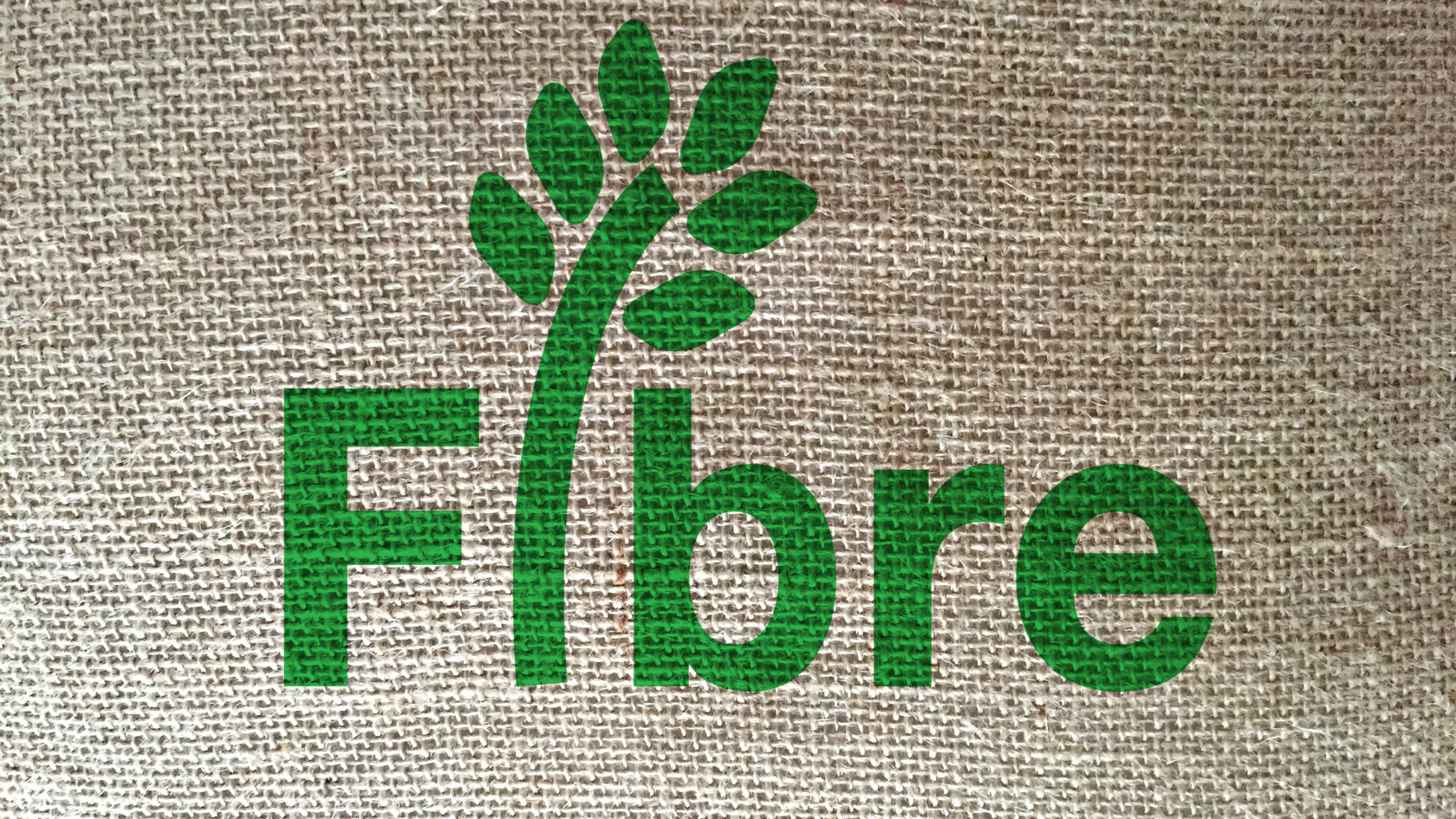What is Fibre
Dietary fibre are found in plant-based foods, such as fruits and vegetables, beans and lentils, whole grains, nuts, and seeds and are a crucial component of a healthy diet.
Fibre has many health benefits that range from promoting digestive health, preventing constipation, helping appetite control, balancing blood sugar levels and maintaining a healthy weight to lowering cholesterol and supporting heart health.
The different types of fibre
Fibre is a non-digestible carbohydrate found in foods.
Whilst there are several types of fibre, fibre is typically described as being soluble fibre or insoluble fibre, based on it’s water solubility.
- Soluble fibre: dissolves in water and is metabolized by the body’s “good” bacteria
- Insoluble fibre: does not dissolve in water
These categories can often overlap as many foods contain both soluble and insoluble fibres and some insoluble fibres can also be digested by our good bacteria.
Whether fibre can be digested by our good bacteria are described as fibre that is either fermentable fibre (prebiotic) or non-fermentable.
Fermentable, prebiotic fibre, acts as food for gut bacteria.
What is Soluble Fibre
Soluble fibre is viscous – it dissolves in water and can be found in foods like oats and beans.
Soluble fibre may help people to reduce their appetite, lower cholesterol levels and decrease the rise in blood sugar levels after eating high carbohydrate meals.
Examples of Soluble Fibres:
1. Inulin (found in chicory root)
2. Beta-glucans (found in oats and barley)
3. Pectin (found in fruits like apples and citrus)
4. Guar gum (found in guar beans)
5. Psyllium (found in husks of seeds from the Plantago ovata plant)
6. Gums (e.g., locust bean gum, found in carob seeds)
7. Mucilage (e.g., found in flaxseeds)
8. Fructooligosaccharides (FOS, found in certain fruits and vegetables)
9. Resistant starch (can act as soluble or insoluble, found in green bananas)
10. Glucomannan (extremely viscous and useful for weight loss, found in the konjac root)

What is Insoluble Fibre
Insoluble fibre, found in whole grains and vegetables.
Insoluble fibre adds bulk to the stool, aiding in regular bowel movements and preventing constipation.
Examples of Insoluble Fibres:
1. Cellulose (found in most plant cell walls)
2. Hemicellulose (found in the bran of cereal grains)
3. Lignin (found in plant cell walls)
4. Wheat bran
5. Sugar Beet fibre
6. Brown rice
7. Nuts and seeds
8. Green beans
9. Cauliflower
10. Potato skins
Both soluble and insoluble fibre support overall digestive well-being.
What is Starchy Fibre / Resistant Starch
There are also fibres known as starchy fibres, or resistant starch.
This type of fibre acts like both soluble and insoluble fibre.
Resistant starch is a starch that resists digestion in the small intestine.
It travels to the colon largely undigested where it’s then fermented by gut bacteria.
These types of fibres are also known as prebiotic fibres.
Prebiotic fibres are non-digestible carbohydrates that that promote the growth of beneficial bacteria in the gut.
Prebiotic consumption may benefit obesity and associated co-morbidities by improving or normalizing the dysbiosis of the gut microbiota.
This fermentable fibre acts as food for our good bacteria promoting the growth of beneficial good bacteria for a healthy gut microbiome.
They also help produce short chain fatty acids (SCFA).
These SCFA feed and nourish the colon wall and support digestive complaints such as IBS, help reduce inflammation and provide other health benefits such as blood sugar regulation and weight loss and maintenance.
Examples of Starchy Fibres (Resistant Starch):
1. Green bananas
2. Cooked and cooled potatoes
3. Legumes (beans, lentils)
4. Whole grains
5. Nuts and seeds
6. Corn
7. Underripe fruits
8. Oats
9. Barley
10. Peas
Note these classifications can sometimes overlap, and the fibre content can vary within different varieties and preparations of foods.
Prebiotic fibre is food for our gut bacteria

The human body is more bacteria than it is cells with 10x more bacteria in the body than cells.
Most of our bacteria is located in the large intestine and it needs food to function and survive.
Diet is considered as one of the main drivers in shaping the gut microbiota across the life time.
There are hundreds of different types of gut bacteria with an estimated 500–1000 species of bacteria existing in the human body at any one time, with many being vital to our health, such as supporting the immune system, blood sugar control and weight management.
They are also known to have a role in the prevention or treatment of some diseases and can even affect brain function by influencing the gut-brain axis.
Fibre reaches the large intestine relatively undigested because humans don’t have the necessary enzymes to digest fibre, like we do for digesting protein and fats – (these are absorbed in the bloodstream before reaching the large intestine).
Our intestinal bacteria do however have the enzymes needed to digest many of these fibres which is why these fibres are vital for our health. These prebiotic fibres feed the “good” bacteria in our intestine which is why these fibres are so vital for our health.
As the fibre is fermented by the gut bacteria this can produce gases which may cause some people to experience temporary flatulence and stomach discomfort. These side effects resolve as the body adjusts.
Fibre may support Hunger Levels and Weight Loss
Some types of fibre may support weight loss by helping control appetite.
Studies indicate that an increase in either soluble or insoluble fibre intake increases post-meal satiety and decreases subsequent hunger.
Studies have also shown that increasing dietary fibre can cause weight loss by reducing the amount of calories consumed.
Studies indicate that consumption of an additional 14 g/day fibre for >2 days is associated with a 10% decrease in energy intake and body weight loss of 1.9 kg over 3.8 months. Furthermore, obese individuals may exhibit a greater suppression of energy intake and body weight loss (mean energy intake in all studies was reduced to 82% by higher fibre intake in overweight/obese people versus 94% in lean people; body weight loss was 2.4 kg versus 0.8 kg).
Furthermore, certain types of soluble fibres can have a significant effect.
Soluble fibres soak up water in the intestine, slow the absorption of nutrients and increase feelings of fullness.
Glucomannan fibre is a good example of an effective fibre supplement for weight loss.
Glucomannan has been shown to support healthy weight loss and maintenance by slowing down the rate that food is digested in the body and slowing gastric emptying.
This helps us feel fuller quicker and satisfied for longer.
A study of healthy but overweight people were placed on a calorie-restricted diet and given either a glucomannan supplement or a placebo. The study found that those who supplemented with glucomannan achieved significantly greater weight loss.
Fibre may reduce blood sugar spikes
Fibre can influence the digestion of carbohydrates in a beneficial way.
Soluble fibre, found in foods like oats and glucomannan, can slow down both the digestion and absorption of carbohydrates.
As fibre slows down the breakdown and absorption of carbohydrates (glucose) this helps keep blood sugar and insulin levels more stable.
Studies have found that soluble high viscous fibres, (such as inulin and FOS) have a lower glycemic index and cause smaller spikes in blood sugar levels compared to low fibre content foods.
More stable blood sugar and insulin levels not only helps prevent diabetes and supports weight management but also means avoiding blood sugar spikes and dips that can leave us feeling tired with low energy and cravings.
“Recent research indicates that dietary fibre consumption contributes to a number of unexpected metabolic effects independent from changes in body weight, which include improvement of insulin sensitivity, modulation of the secretion of certain gut hormones, and effects on various metabolic and inflammatory markers that are associated with the metabolic syndrome“
Certain fibres may help prevent constipation
Fibre is used by many for reducing constipation.
However it’s important to note that the effect on constipation seems to depends on the type of fibre consumed with studies showing that only certain types of fibre may have a laxative effect.
Studies show that it’s fibres that have large / coarse insoluble fibre particles, such as sugar beet fibre, and high-water holding and gel-forming soluble fibres, such as psyllium husk and glucomannan, that help absorb water to increase the bulk of the stool, both these result in bulky / soft / easy to pass stools.
Studies also show that prunes, a source of sorbitol fibre, may also have a laxative effect and be even more effective than psyllium for the treatment of mild to moderate constipation.
Other fibres that increases the dry mass of stools may have a constipating effect.
Fibre and Heart Health

Fibre is known to benefit heart health in several ways.
Fibre-rich diets may contribute to lower blood pressure.
Soluble fibre can help lower levels of LDL (“bad”) cholesterol.
Fibre helps remove LDL cholesterol by binding to cholesterol molecules, reducing the risk of cardiovascular diseases.
A review of Glucomannan studies found that it can not only reduce body weight but also beneficially affect total cholesterol, LDL cholesterol, triglycerides and fasting blood glucose levels:
- Total cholesterol by 19 mg/dL
- “Bad” LDL cholesterol by 16 mg/dL
- Triglycerides by 11 mg/dL
- Fasting blood sugar by 7.4 mg/dL
How much fibre do women need
In the UK, the recommended daily intake for adults is around 25-30 grams.
Increasing fibre in our diets can create positive changes in our gut bacteria within a matter of days.
However, it’s important to increase our fibre content slowly as some people may experience gas and bloating if they increase the amount of fibre they consume too quickly.
If you’re looking to increase your fibre intake with fibre supplements check out the range at Pretty Pea.
Pretty Pea dietary fibre capsules contain a blend of both soluble and insoluble fibres, that include psyllium husk, flaxseed, sugar beet fibre, fenugreek, apple pectin, rhubarb, prune juice, fig fruit, broccoli, carrot and fennel seed.
Pretty Pea Meno Weight capsules contain a blend of weight loss and hormone balancing nutrients that include Glucomannan fibre.
Pretty Pea Appetite powder also contains a blend of 4 types of fibres, Glucomannan, Sugar Beet Fibre, prebiotic fibre Inulin and Psyllium Husk along with probiotics and digestive support L-Glutamine and digestive herbals
As with taking any supplements and changing your diet, its advisable to consult a healthcare provider first.


